The Importance of Sun Safety: Tips for Protecting Your Skin This Summer

Introduction
Summer brings long days, beach trips, and outdoor fun. However, it’s also a time when the sun’s rays are at their strongest, posing significant risks to our skin. Recognizing these dangers, August has been designated as Summer Sun Safety Month. This awareness event emphasizes the importance of sun protection to prevent skin damage, premature aging, and skin cancer. In this post, we’ll explore the significance of Summer Sun Safety Month and share practical tips to keep your skin safe while enjoying the summer sun.
The Significance of Summer Sun Safety Month
Summer Sun Safety Month aims to educate the public about the risks of excessive sun exposure. The month-long campaign encourages people to adopt sun-safe behaviors and highlights the importance of protecting the skin from harmful ultraviolet (UV) radiation. With skin cancer being the most common type of cancer in the United States, raising awareness and promoting prevention strategies is crucial.
Understanding UV Radiation
To fully appreciate the importance of sun safety, it’s essential to understand UV radiation. UV radiation is a form of electromagnetic radiation emitted by the sun. There are three types of UV radiation: UVA, UVB, and UVC. While UVC is absorbed by the Earth’s atmosphere and doesn’t reach us, UVA and UVB can have harmful effects on the skin.
- UVA Radiation: UVA rays penetrate deep into the skin and are responsible for premature aging and wrinkles. They can also contribute to the development of skin cancer.
- UVB Radiation: UVB rays affect the outer layer of the skin, causing sunburns and playing a significant role in the development of skin cancer.
- UVC Radiation: UVC rays are absorbed by the Earth’s atmosphere and do not reach the surface.
The Dangers of Excessive Sun Exposure
Excessive exposure to UV radiation can lead to various skin issues, from cosmetic concerns to serious health risks. Here are some primary dangers:
Sunburn: One of the most immediate effects of UV exposure is sunburn, characterized by red, painful skin that may blister in severe cases. Sunburn is not only uncomfortable but also indicates skin damage at the cellular level.
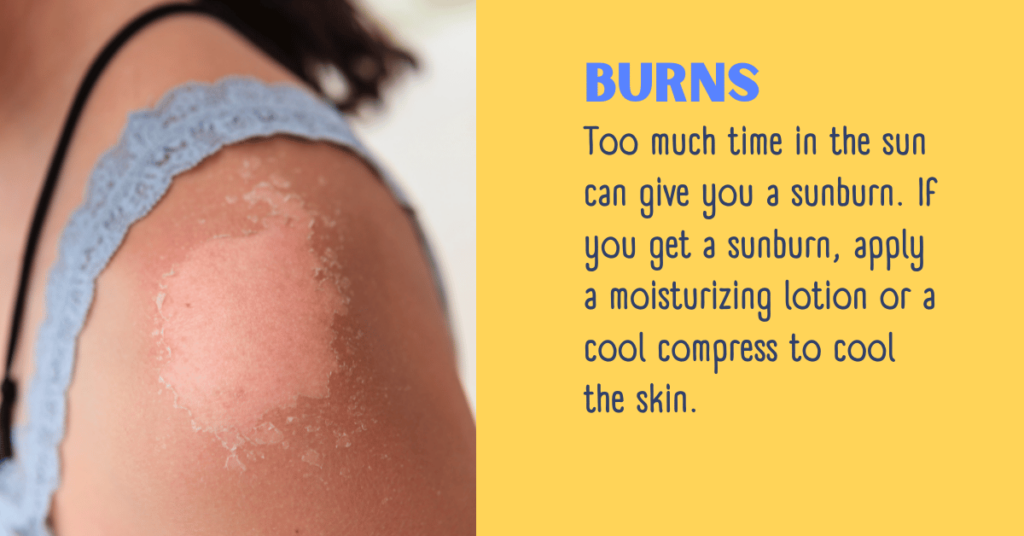
Premature Aging: UV radiation accelerates the aging process of the skin, leading to wrinkles, fine lines, and age spots. This condition, known as photoaging, results from the breakdown of collagen and elastin fibers in the skin.
Skin Cancer: Prolonged UV exposure significantly increases the risk of developing skin cancer, including melanoma, basal cell carcinoma, and squamous cell carcinoma. Skin cancer is the most common form of cancer in the United States, and early detection is vital for successful treatment.
Eye Damage: UV radiation can also harm the eyes, leading to conditions such as cataracts and photokeratitis, which is akin to sunburn of the eye.

Practical Tips for Sun Protection
Given the risks associated with UV radiation, adopting sun-safe practices is essential. Here are some practical tips to protect your skin this summer:
Use Broad-Spectrum Sunscreen: Choose a broad-spectrum sunscreen with an SPF of 30 or higher. Apply it generously to all exposed skin at least 15 minutes before going outside and reapply every two hours, or more often if swimming or sweating.
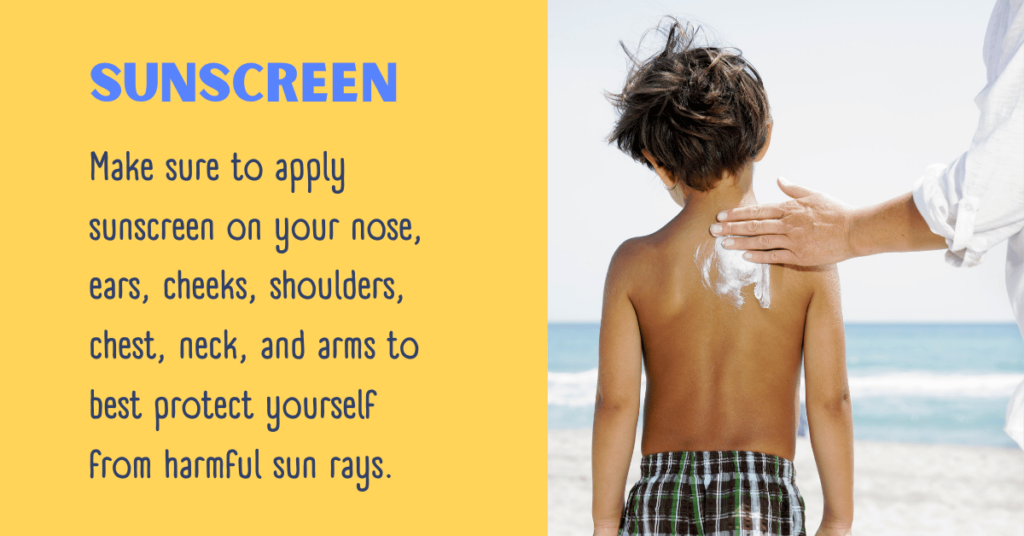
Wear Protective Clothing: Clothing can provide an effective barrier against UV rays. Opt for long-sleeved shirts, pants, and wide-brimmed hats. Look for clothing with a UPF (Ultraviolet Protection Factor) rating for added protection.
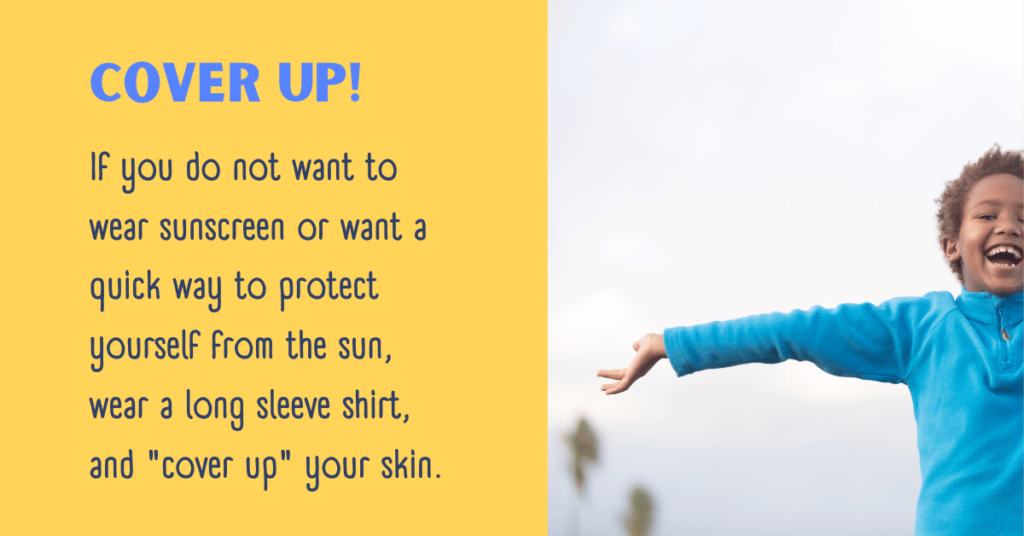
Seek Shade: When the sun is at its peak (between 10 a.m. and 4 p.m.), seek shade whenever possible. This can be under trees, umbrellas, or canopies.

Wear Sunglasses: Protect your eyes by wearing sunglasses that block 100% of UVA and UVB rays. Wraparound styles are particularly effective.
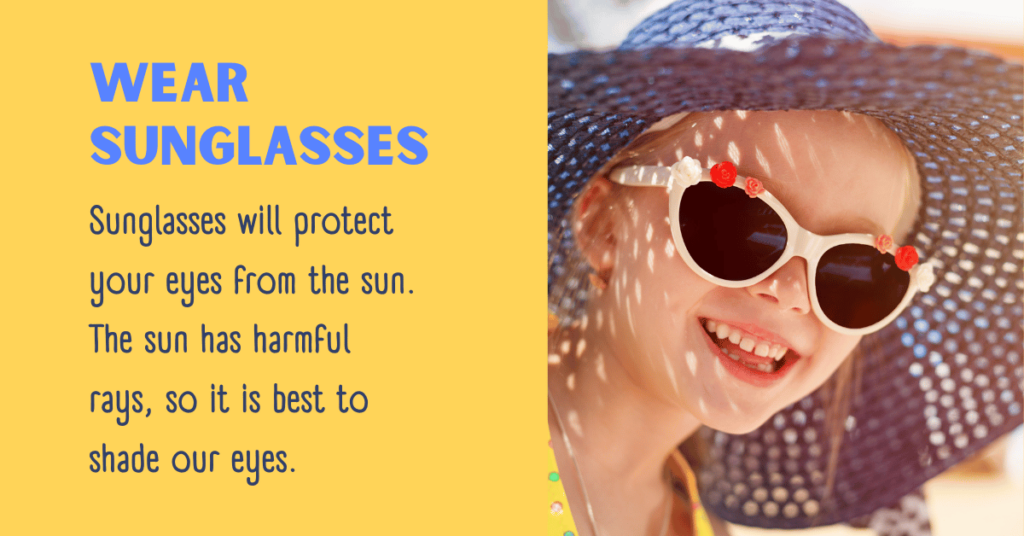
Avoid Tanning Beds: Tanning beds emit UV radiation that can be even more harmful than the sun. Avoid using them and consider safer alternatives like self-tanning lotions or sprays.
Stay Hydrated: Sun exposure can lead to dehydration, which can exacerbate the effects of sunburn. Drink plenty of water throughout the day to stay hydrated.
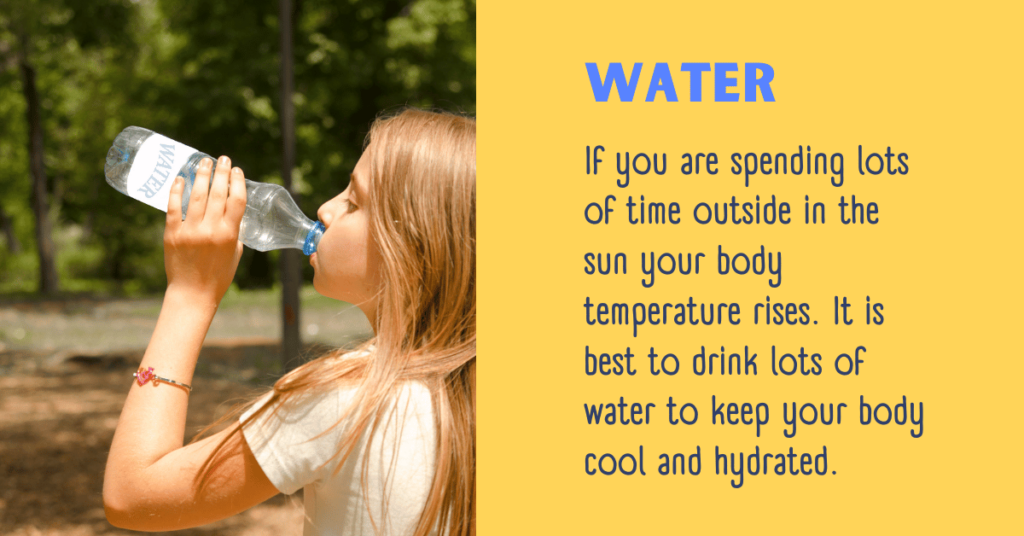
Be Extra Cautious Near Water and Sand: Water and sand can reflect UV rays, increasing your risk of sunburn. Take extra precautions when spending time at the beach or pool.
Special Considerations for Children and Infants
Children’s skin is more sensitive to UV radiation, making it crucial to take extra precautions. Here are some tips for protecting young ones:
- Infants Under Six Months: Keep infants out of direct sunlight. Use protective clothing and hats, and consider a lightweight blanket for additional cover.
- Children Over Six Months: Apply a broad-spectrum, water-resistant sunscreen with an SPF of 30 or higher to all exposed skin. Reapply every two hours and after swimming or sweating.
- Educate and Lead by Example: Teach children about the importance of sun safety and lead by example. Encourage them to play in the shade, wear hats, and use sunscreen.
Monitoring Skin Changes
Regularly checking your skin for changes is an essential part of sun safety. Look for new or changing moles, spots, or lesions. The ABCDE rule can help you identify potential skin cancer:
- Asymmetry: One half of the mole doesn’t match the other.
- Border: The edges are irregular or blurred.
- Color: The color is not uniform and may include shades of brown, black, or even red, white, or blue.
- Diameter: The spot is larger than 6mm across (about the size of a pencil eraser).
- Evolving: The mole is changing in size, shape, or color.
If you notice any concerning changes, consult a dermatologist promptly.
Conclusion
Summer Sun Safety Month serves as a vital reminder of the importance of protecting our skin from the sun’s harmful rays. By understanding the risks associated with UV radiation and adopting sun-safe practices, we can enjoy the summer season while safeguarding our skin. Remember to use broad-spectrum sunscreen, wear protective clothing, seek shade, and regularly monitor your skin for changes. By taking these steps, you can minimize the risk of sun damage and maintain healthy, youthful skin for years to come. Stay safe, and enjoy your summer!

Also read: How to Prepare for a Tropical Cyclone: Essential Tips and Resources
2 thoughts on “The Importance of Sun Safety: Tips for Protecting Your Skin This Summer”